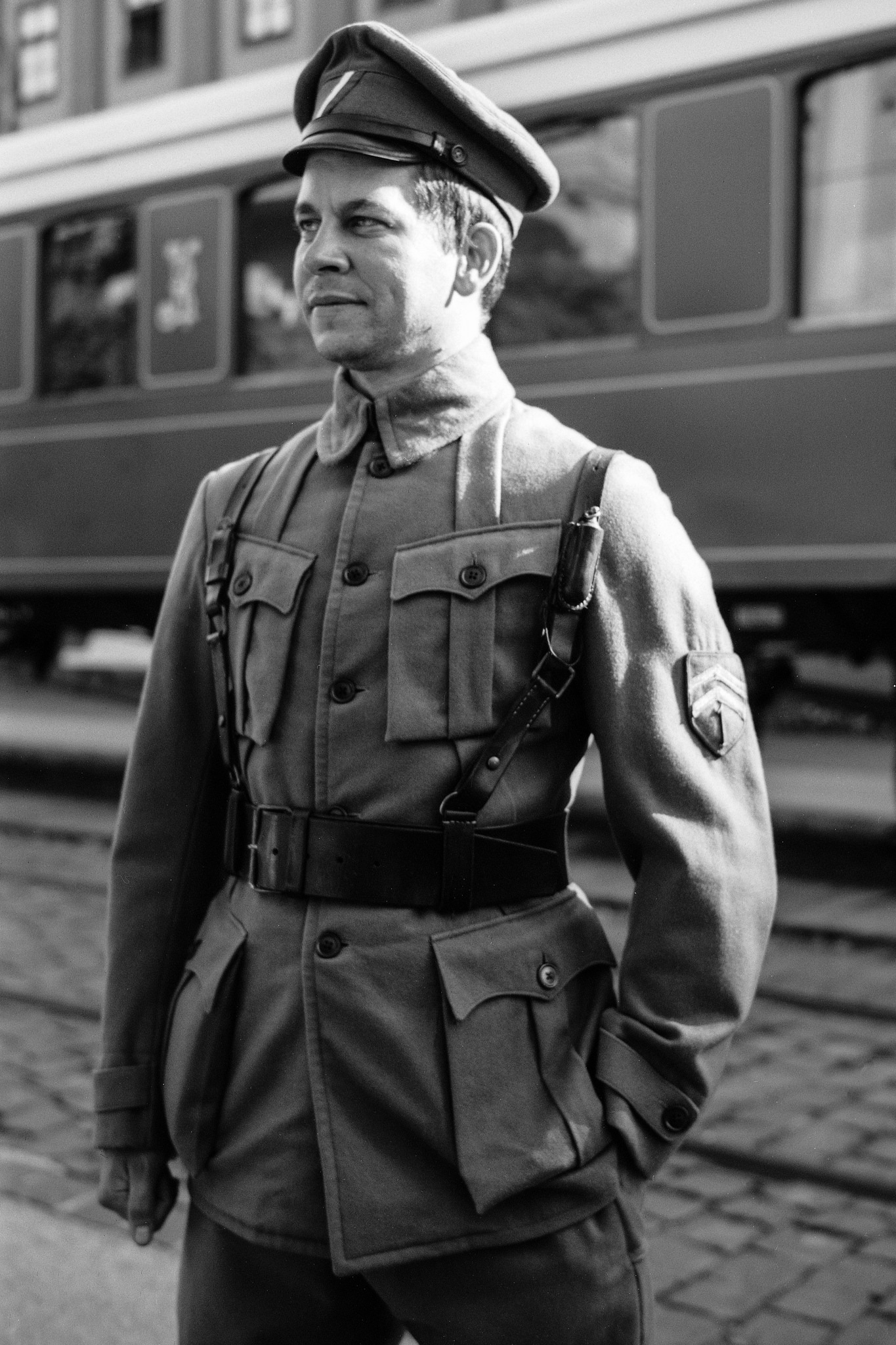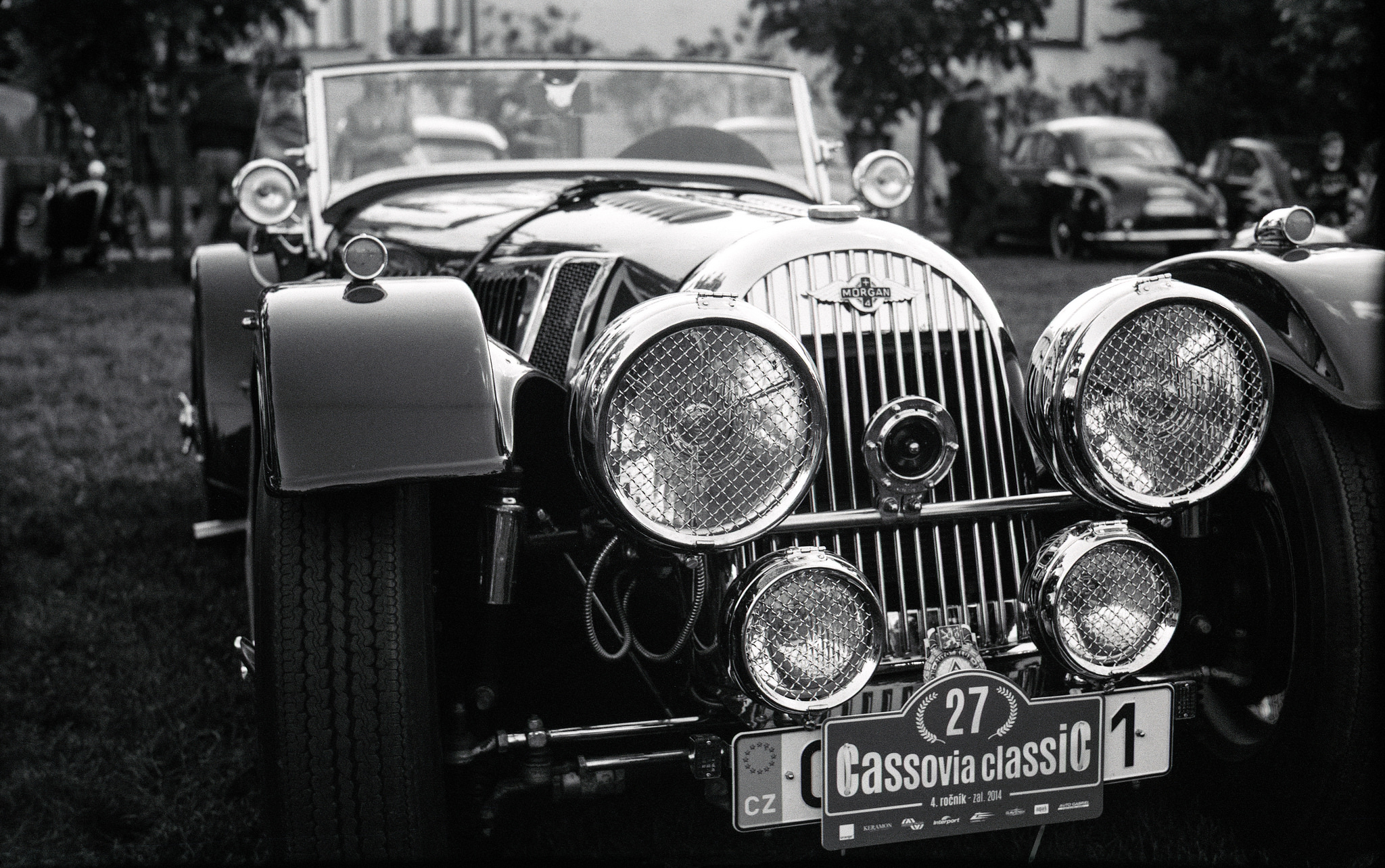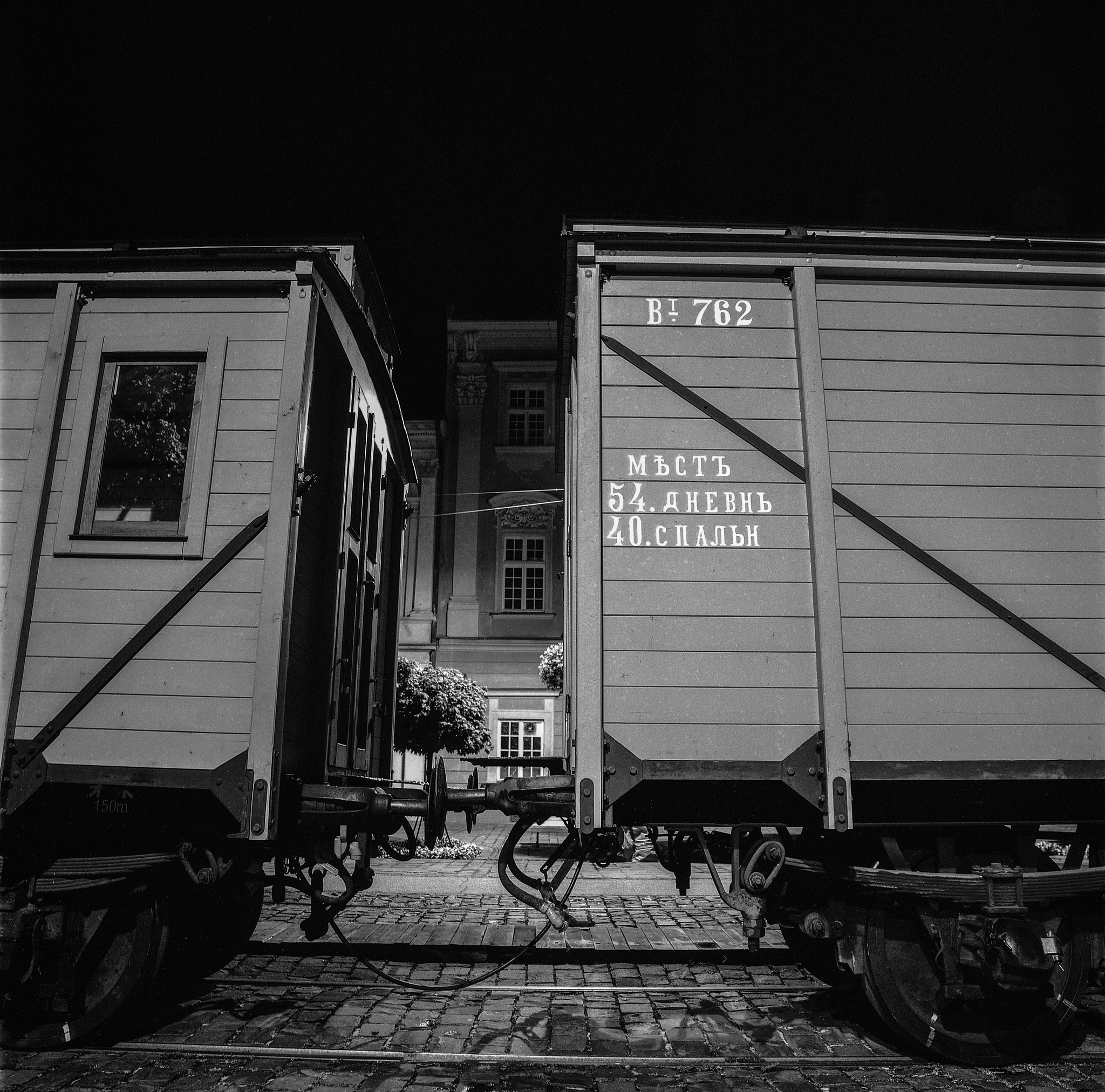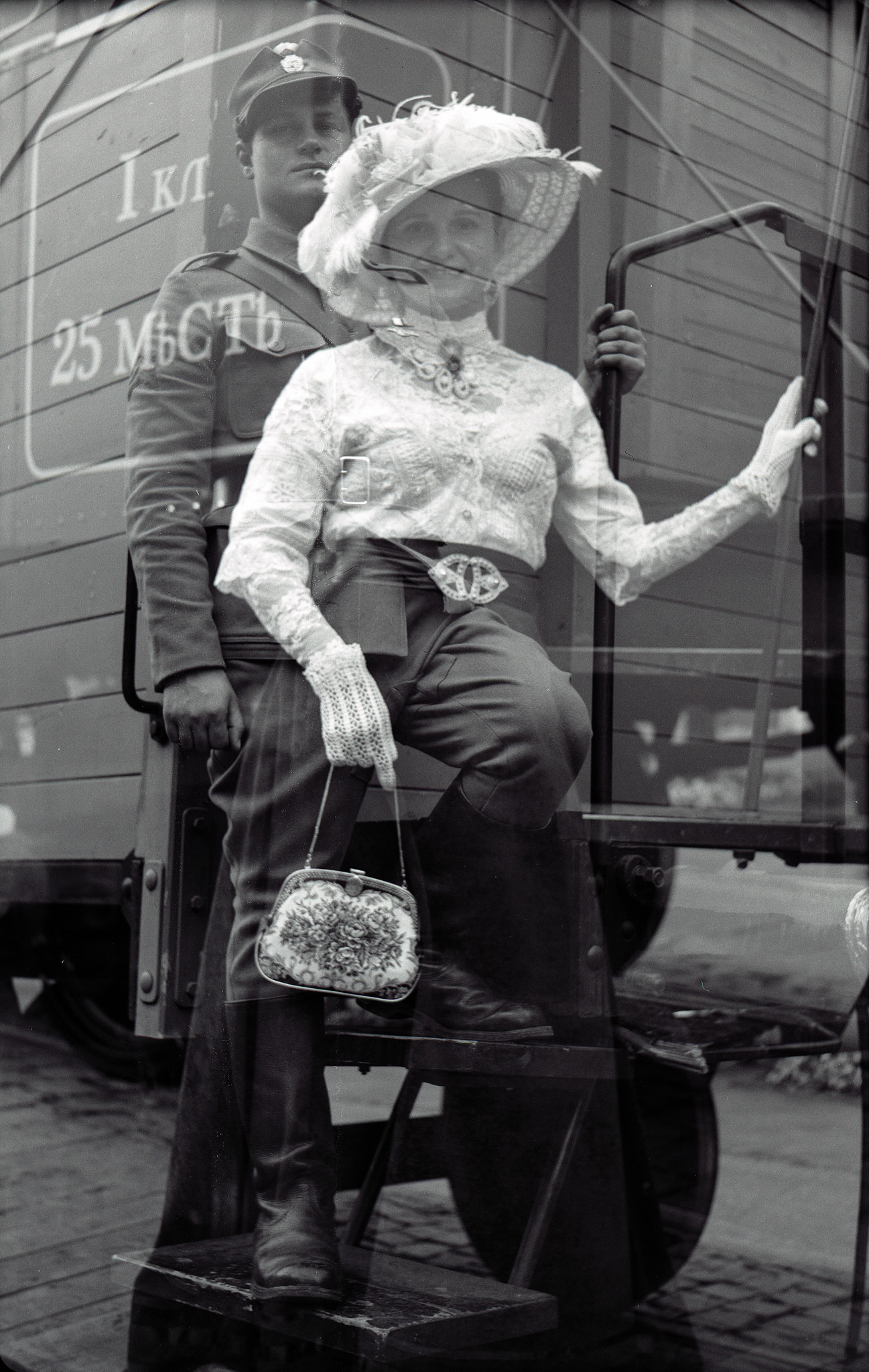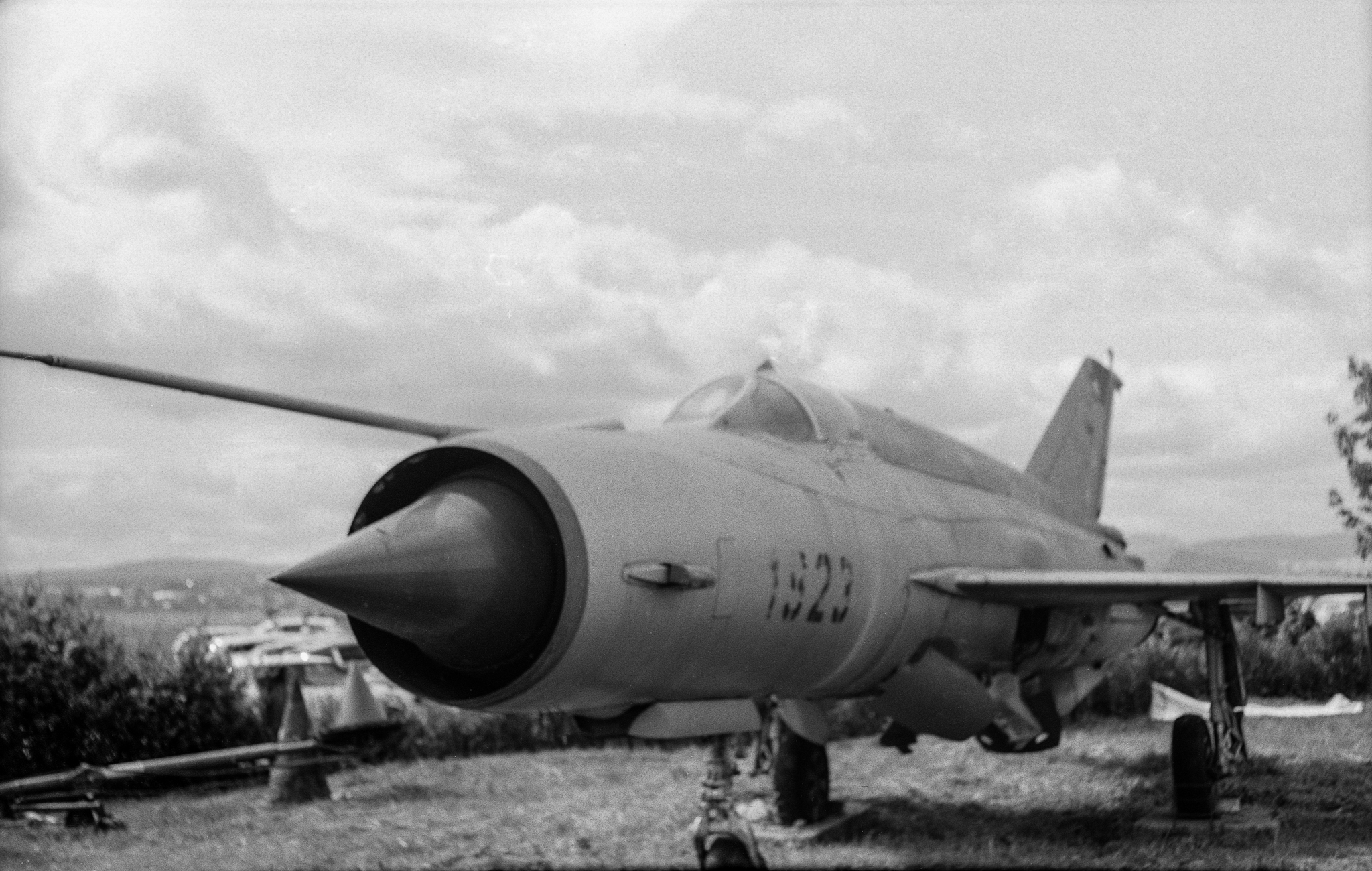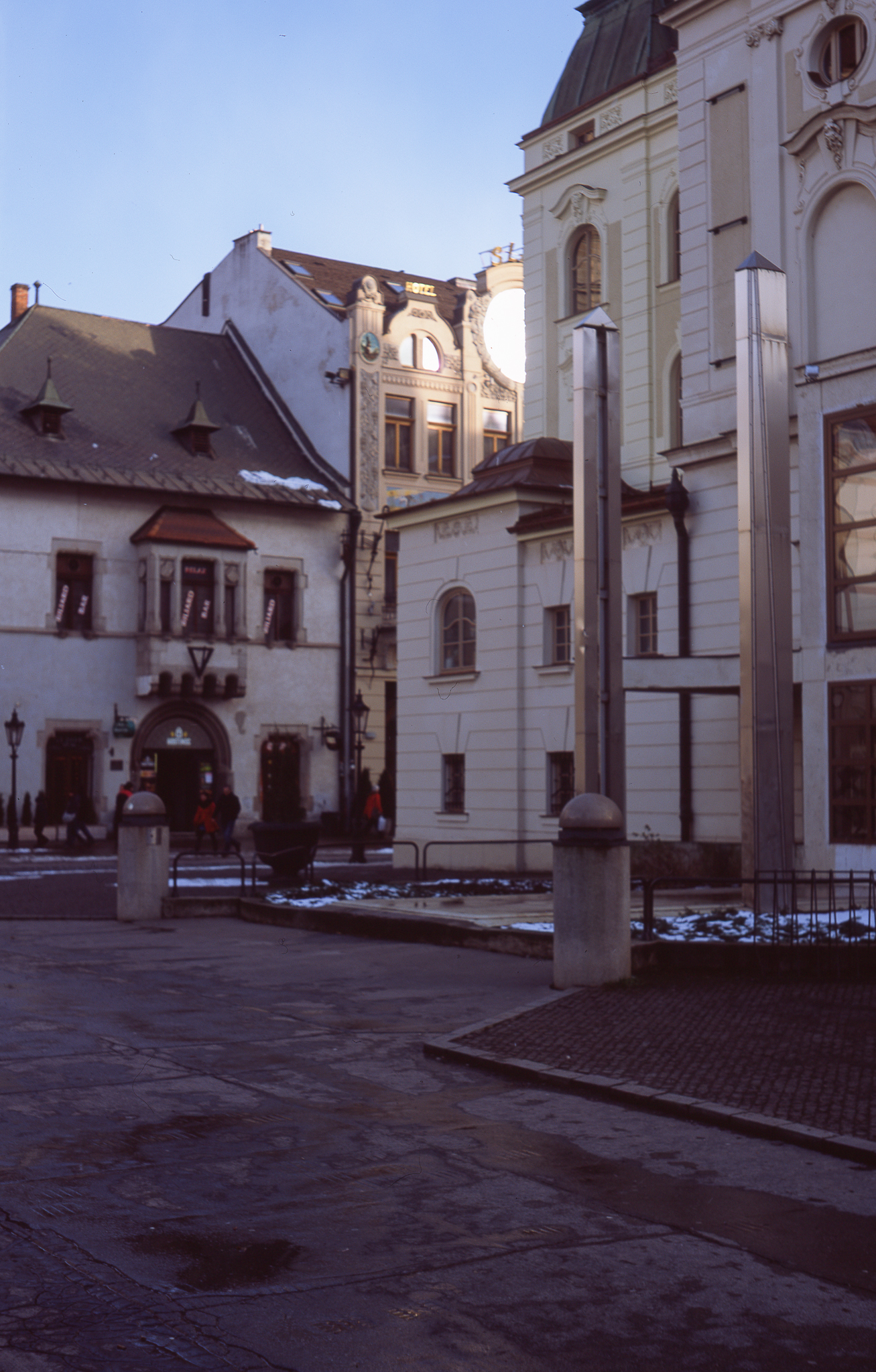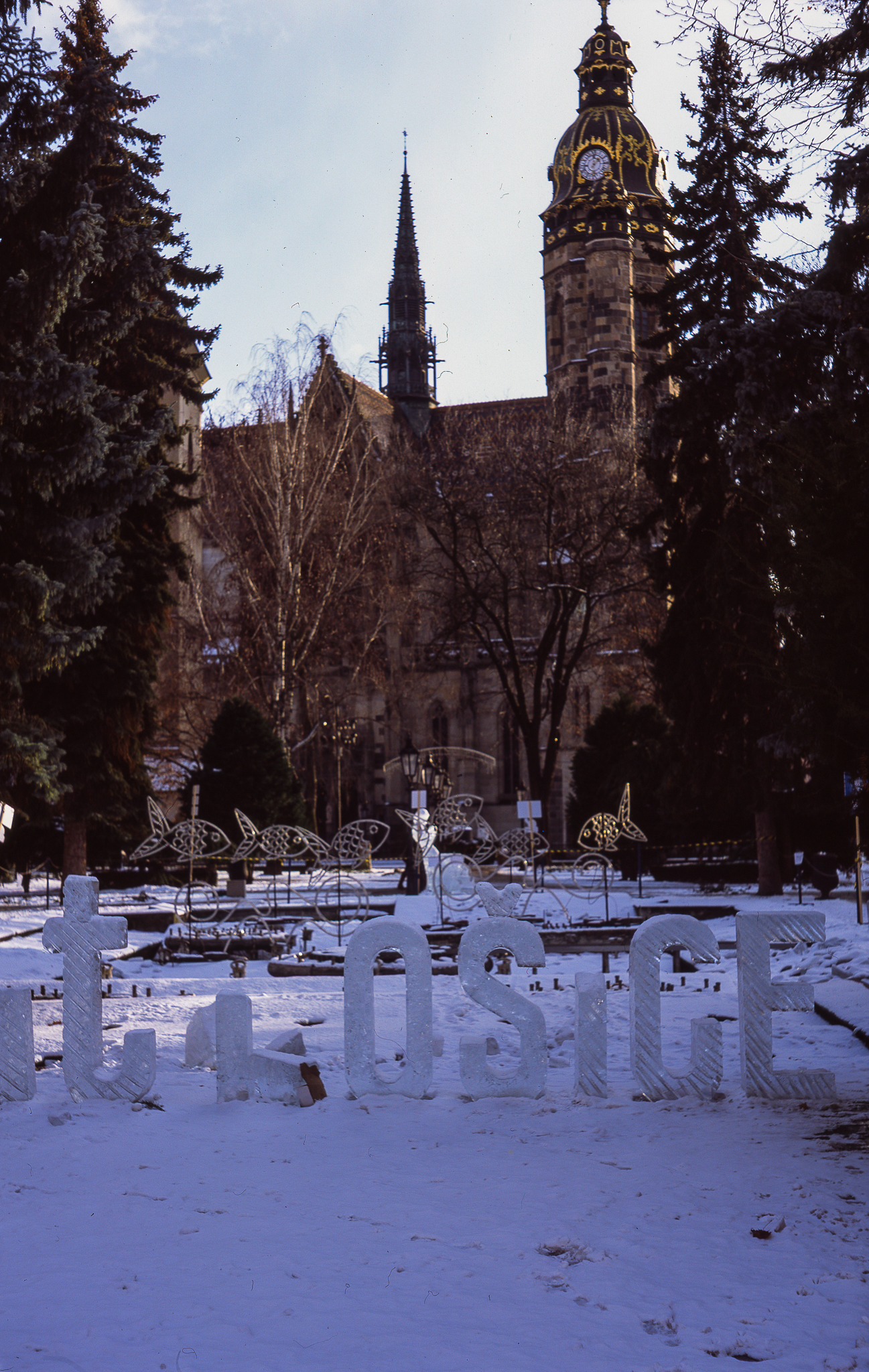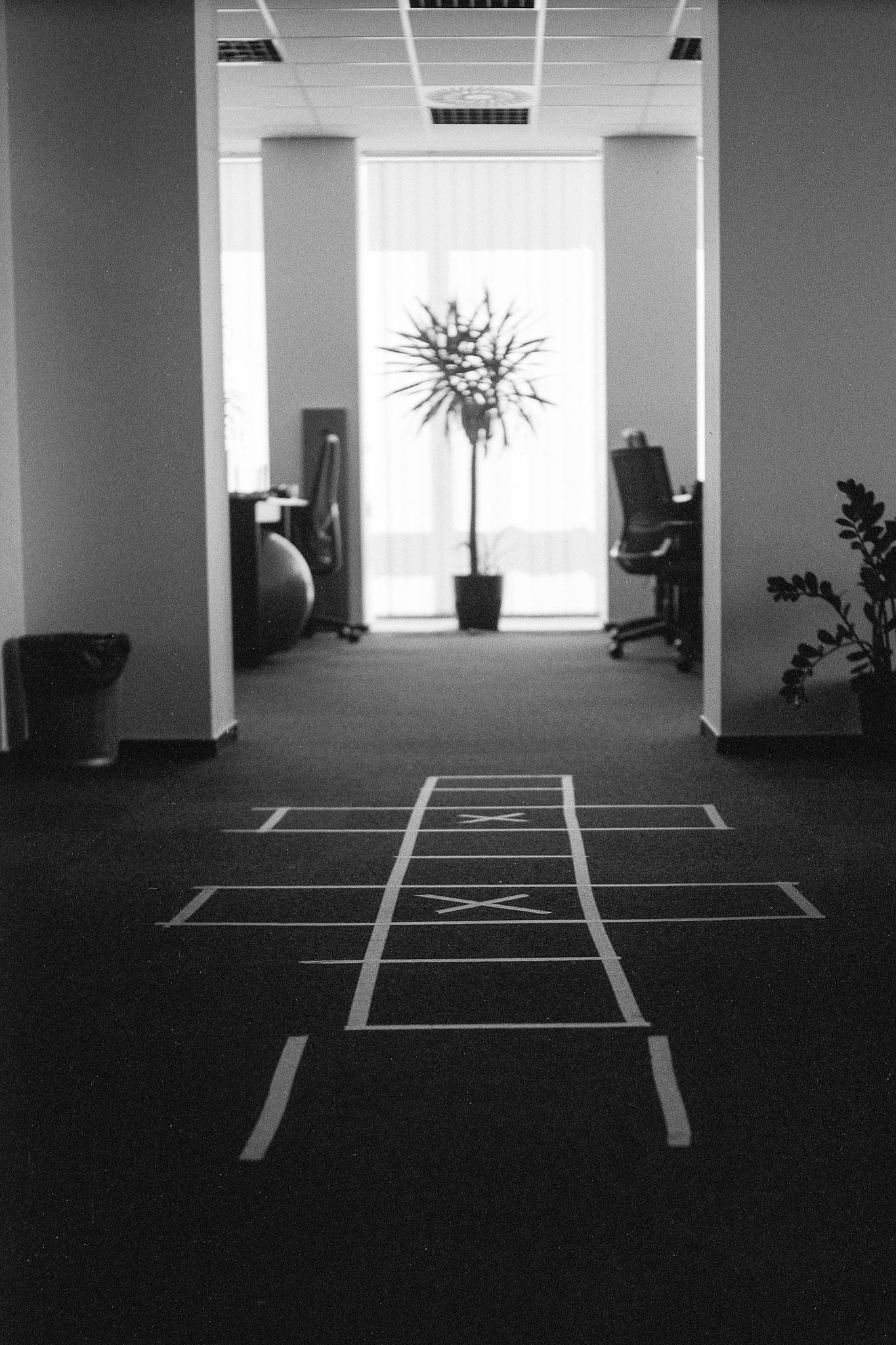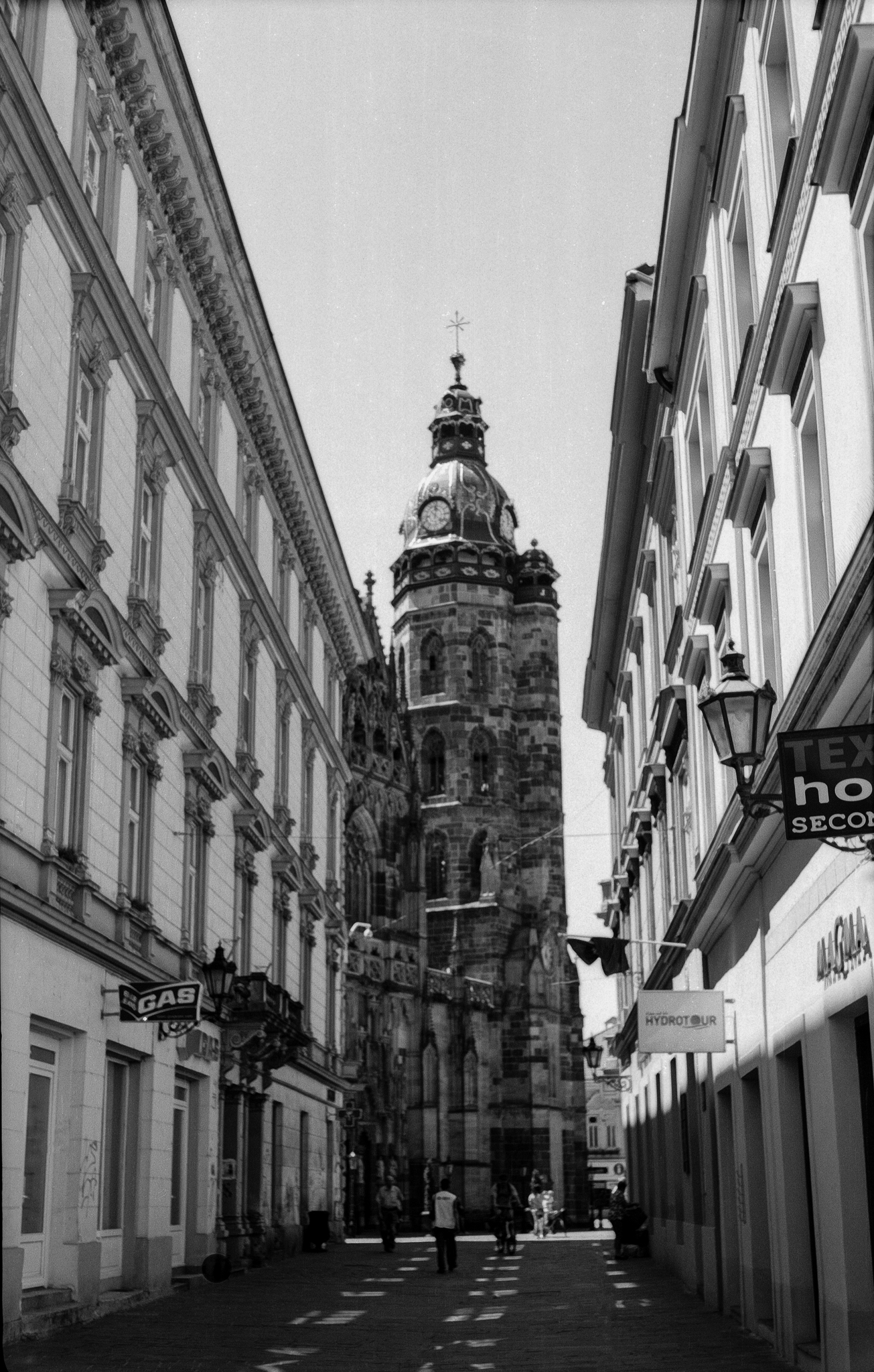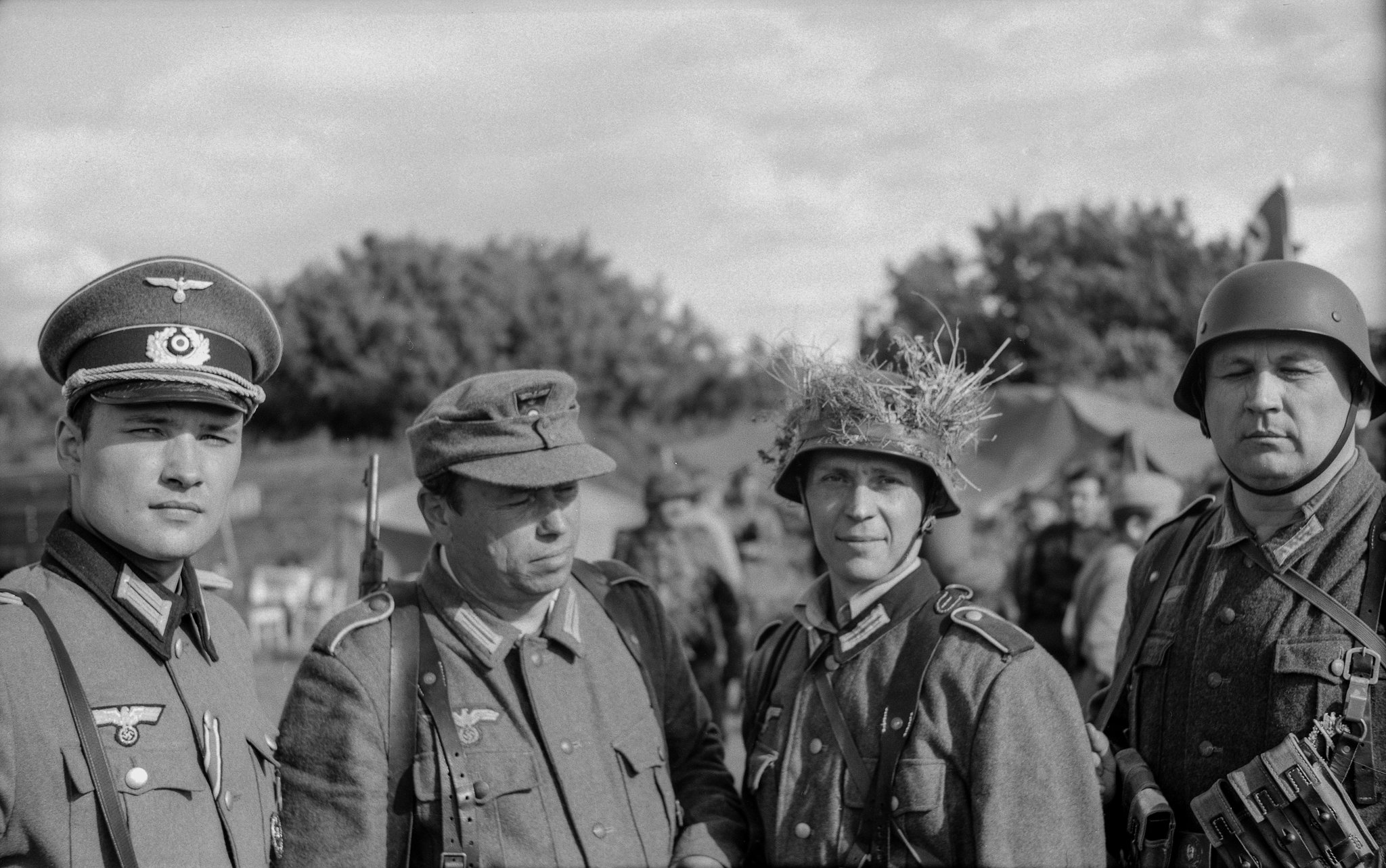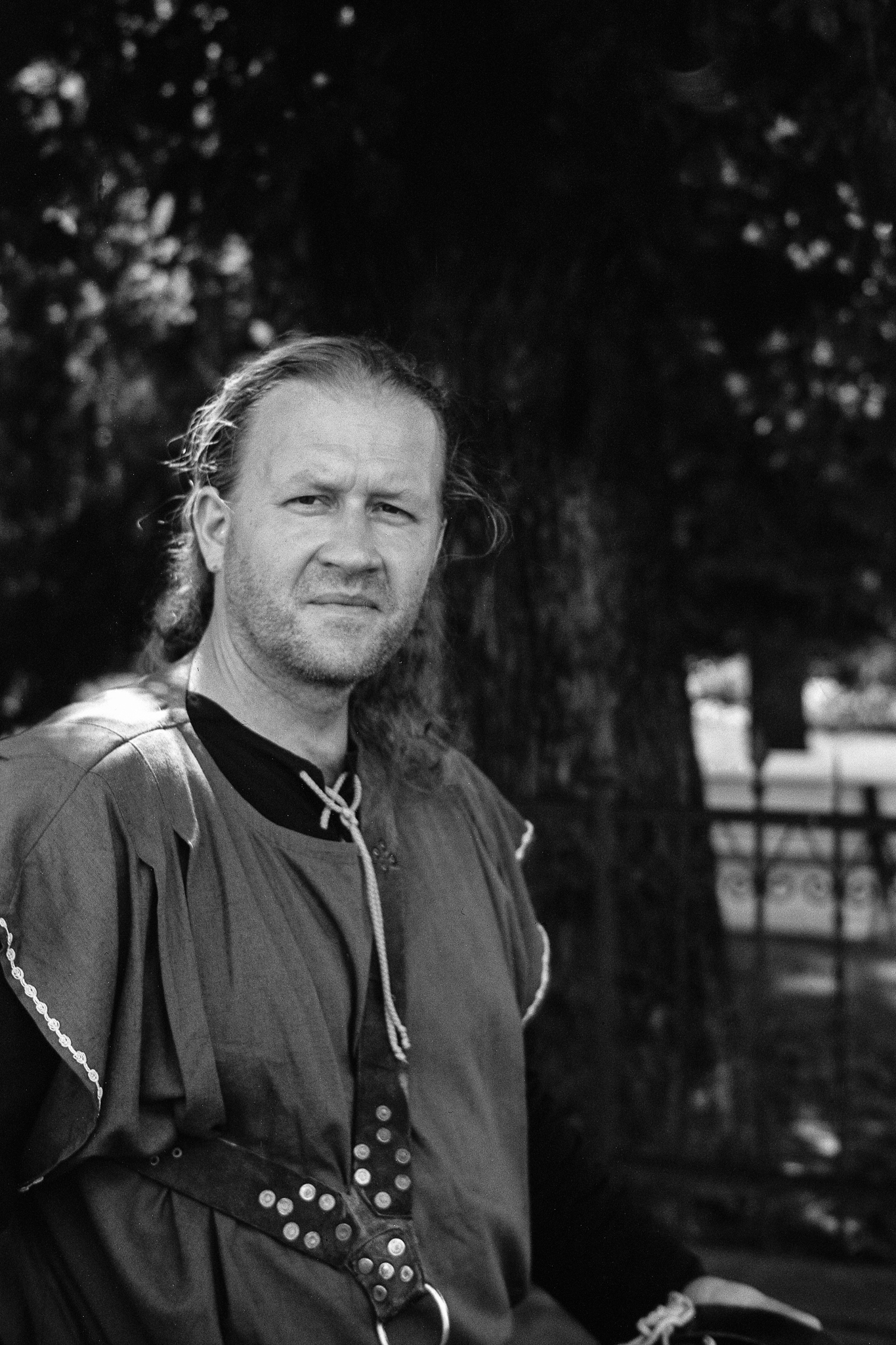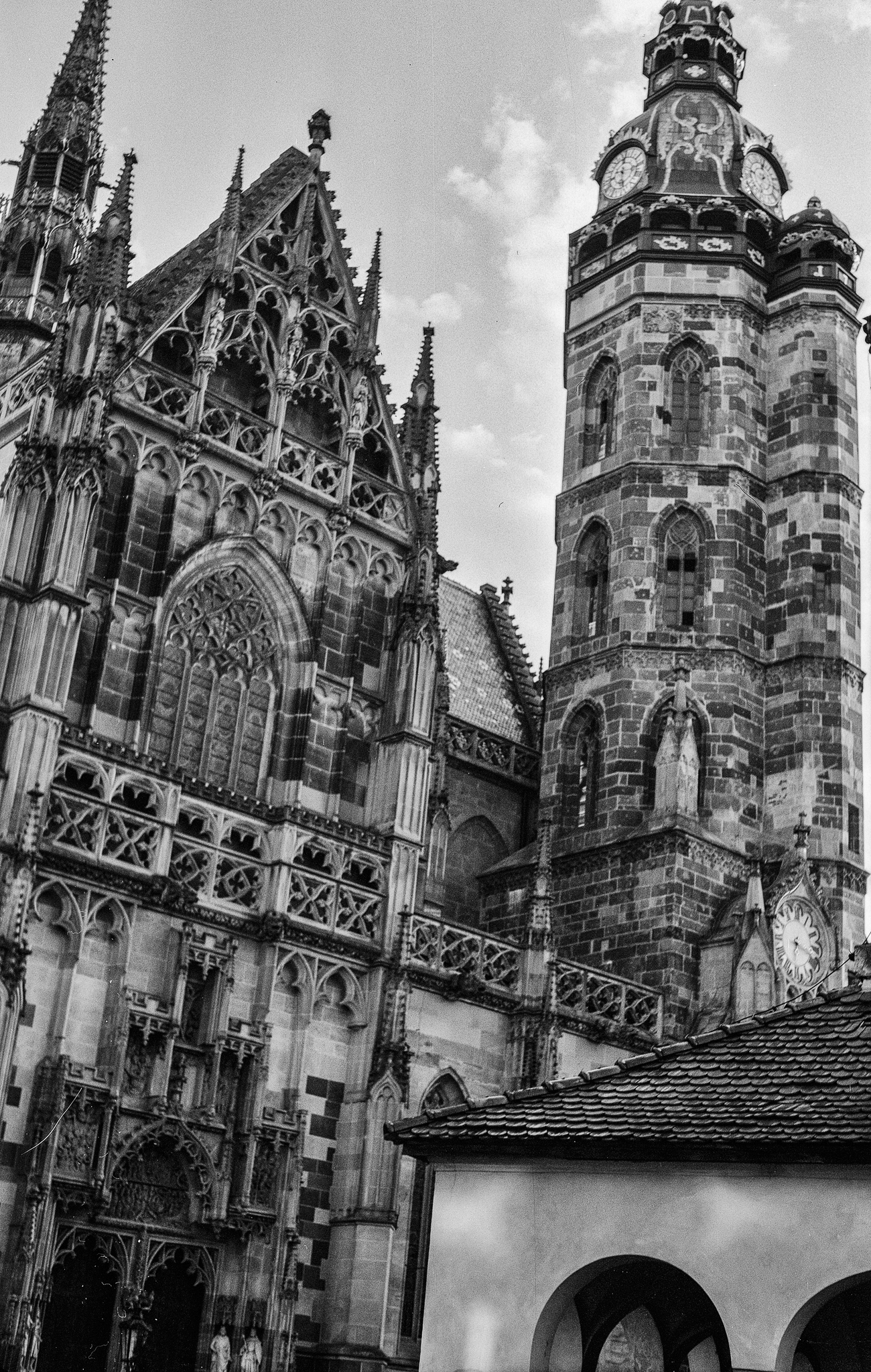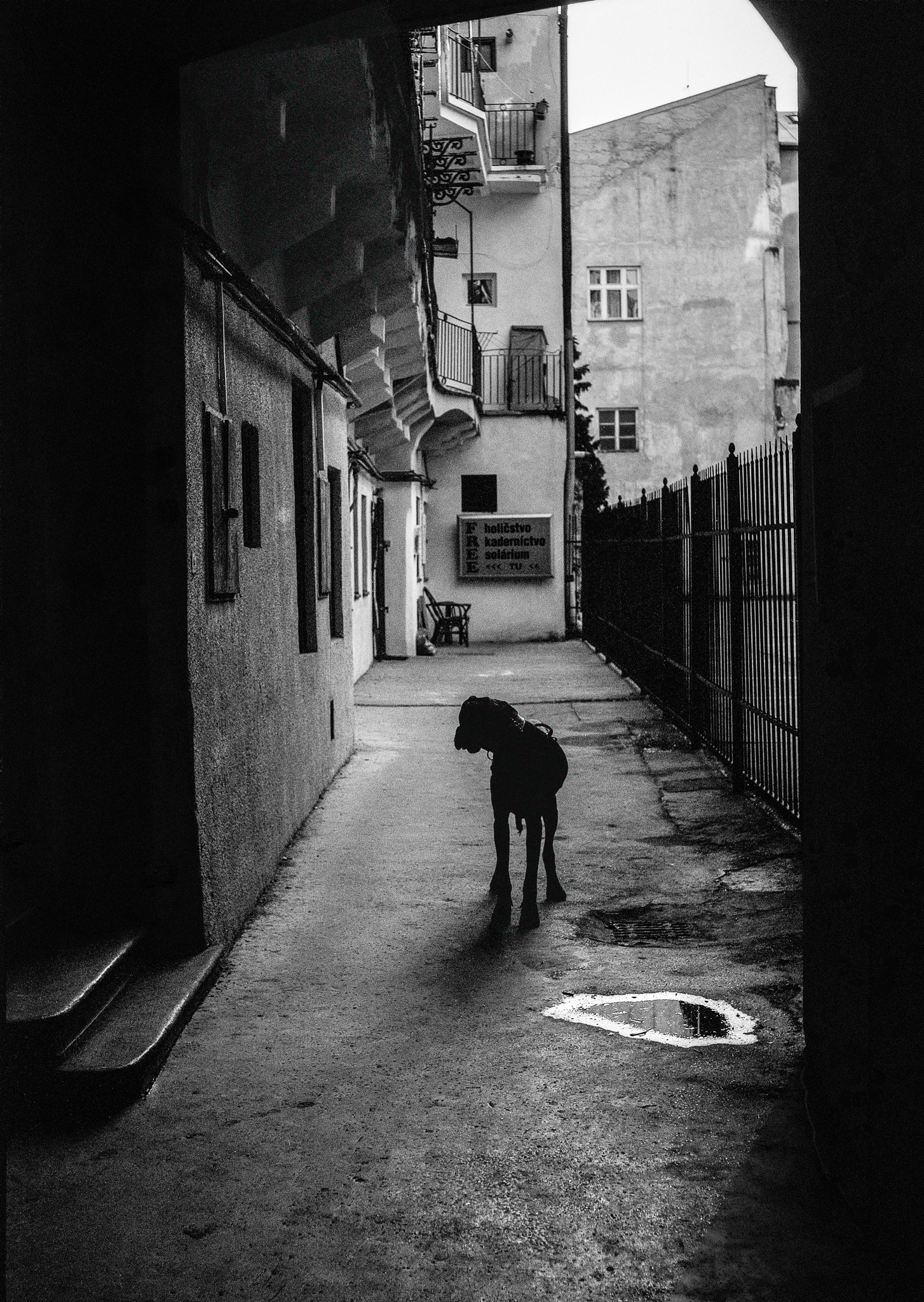 The Moskva was a high-end medium format rangefinder made by the KMZ factory in Krasnogorsk, near to Moscow. The same factory also made Zorki 35mm rangefinders and Zenit SLRs. Mine is from 1959 and, by then 35mm film was in widespread use with only professionals and some niche uses still using 120 film for the most part. The camera is well made compared to most Soviet cameras and was aimed at professional press photographers who needed high-quality images in a portable format. The first Moskva was a copy of the Zeiss-Ikon Ikonta but the Moskva 5 was actually an improved version derived from it rather than a straight clone.
The Moskva was a high-end medium format rangefinder made by the KMZ factory in Krasnogorsk, near to Moscow. The same factory also made Zorki 35mm rangefinders and Zenit SLRs. Mine is from 1959 and, by then 35mm film was in widespread use with only professionals and some niche uses still using 120 film for the most part. The camera is well made compared to most Soviet cameras and was aimed at professional press photographers who needed high-quality images in a portable format. The first Moskva was a copy of the Zeiss-Ikon Ikonta but the Moskva 5 was actually an improved version derived from it rather than a straight clone.
Specific improvements included a self timer and a switchable frame-size. The Ikontas were sold as either 6×4.5, 6×6 or 6×9 cameras – different models were identical except for the film frame. However the Moskva could switch between 6×6 and 6×9 formats via a removable mask and a dial that adjusts the rangefinder window. Changing the format however requires opening the back so it’s not something you can do mid-roll. There are two red windows on the back that show the frame number for each format, switching the format covers the unused window to remind you which format it’s set to.
To get the required focal distance in a relatively compact body, the camera has a fold out bellows. When it’s folded up, the camera is a bit narrower than a paperback book and will easily fit in a jacket pocket. The lens is a view camera lens with the associated shutter mechanism attached directly. It’s an Industar-24 105mm, f/3.5 lens with the KMZ factory logo engraved on the front bezel. The shutter is a Moment 24-C that goes from 1/250th down to 1s with a bulb  option too. Both the shutter speed and aperture are set at the lens rather than on the camera body. Focusing also is done via a rather small wheel attached to the shutter and co-axial with the viewfinder magnifier mount. In the photo below, the focus wheel is the small silver dial to the left of the lens and directly below the viewfinder magnifier. You cock the shutter at the lens, but the shutter button is on the body of the camera next to the film advance knob. The shutter won’t fire unless the shutter is cocked and the film is wound on. You can fire it after cocking it by tripping the linkage manually however if you want to make multiple exposures.
option too. Both the shutter speed and aperture are set at the lens rather than on the camera body. Focusing also is done via a rather small wheel attached to the shutter and co-axial with the viewfinder magnifier mount. In the photo below, the focus wheel is the small silver dial to the left of the lens and directly below the viewfinder magnifier. You cock the shutter at the lens, but the shutter button is on the body of the camera next to the film advance knob. The shutter won’t fire unless the shutter is cocked and the film is wound on. You can fire it after cocking it by tripping the linkage manually however if you want to make multiple exposures.
The camera is a true viewfinder with a parallax focussing system that includes a fold-out magnifier for more accurate focus.
Mine is slightly tatty, but functional although the 6×6 mask is missing so it’s stuck in 6×9 mode. The leather bellows is still in good condition and the shutter fires correctly. It’s actually quite fun to shoot with although the focussing is a bit fiddly due to the slightly awkward position of the focussing wheel – it’s hard to adjust it without putting your hand in front of the rangefinder lens. I’ve put a few rolls of film through it and it’s fun to slip out of a pocket and and grab some quick shots. The lens is fairly sharp although it’s not coated so it’s prone to flaring.





